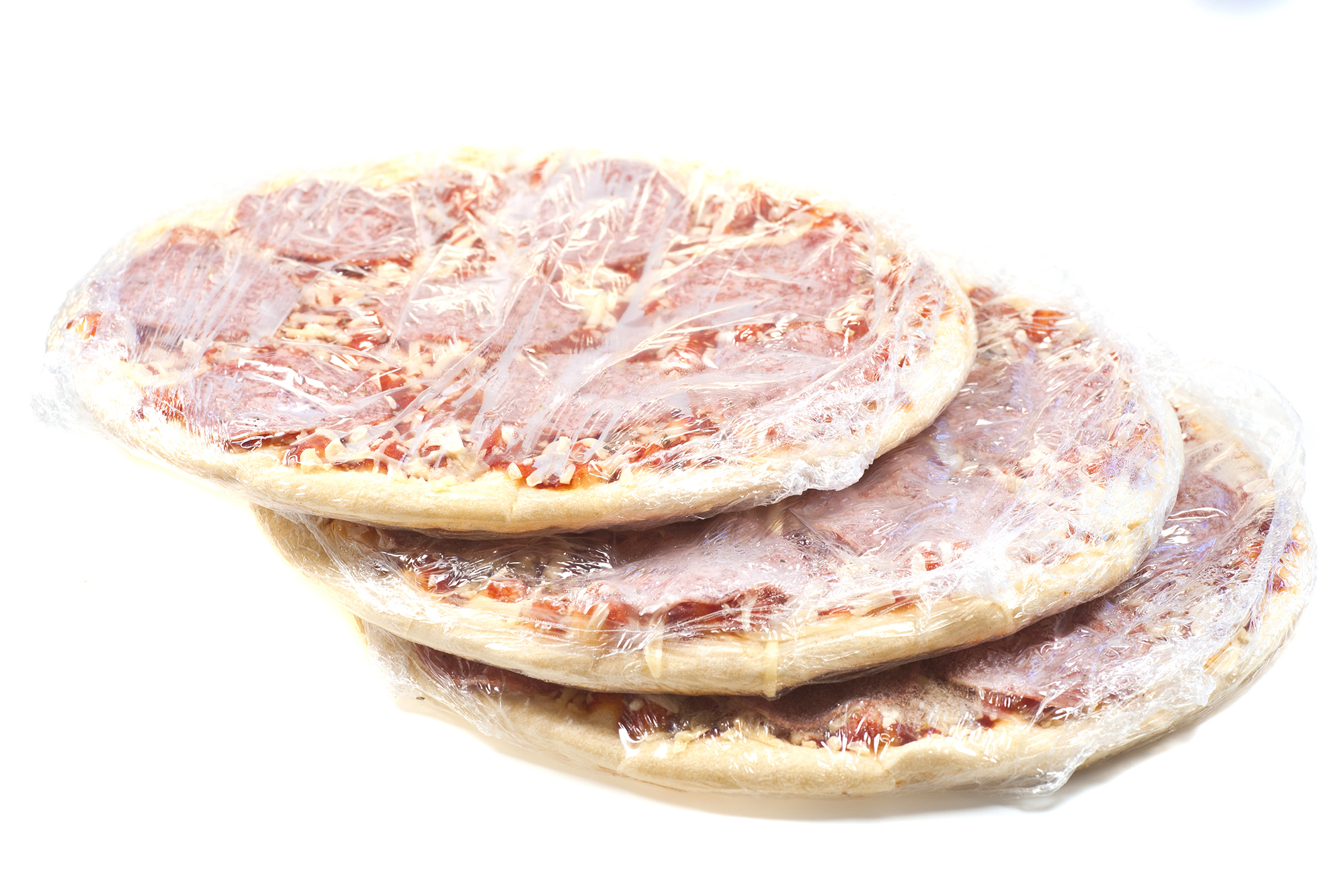Foreign Objects in Frozen Pizza? SNIP Project Launched to Improve Quality Assurance of Frozen Products


Glass shards, wood, or plastic pieces in frozen products pose a health risk and can damage the product brand. Fraunhofer FHR and Fraunhofer IOSB are developing a functional demonstrator consisting of a high-frequency camera with up to 32 channels and an AI-based evaluation unit to improve the detection of foreign objects in frozen foods.
Fraunhofer FHR and the Fraunhofer Institute for Optronics, System Technologies, and Image Exploitation IOSB have joined forces in the SNIP project. They have been researching the analysis of food samples using radar for some time and have already developed a patent for this. SNIP stands for "Strengthening Consumer Protection through the Highest Food Safety in Frozen Products." The name says it all: the goal of SNIP is to improve product safety—despite significant technical and organizational measures by manufacturers, food recalls have tripled since 2015 alone.
SNIP relies on an innovative approach to reliably detect contamination: A highly integrated multi-channel high-frequency MIMO camera is being developed. The frequency range used will be identified as part of the first project phase. Innovative AI image processing methods that are adapted to millimeter wave and radar imaging are another focus of the development work. The technology enables the scanning of objects and the detection of foreign objects based on their different absorption properties compared to the food. What's new is the specific analysis of frozen foods using special sensors and intelligent evaluation methods that enhance the detection of glass shards and similar contaminants in complex products. The planned SNIP functional demonstrator aims to reliably detect foreign objects in various frozen foods such as spinach, pizza, and cakes—with an intended accuracy of over 95%.